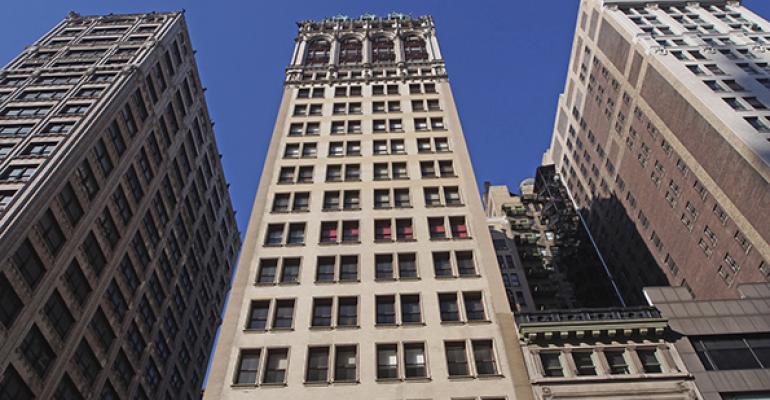Condo developers will launch sales for more than 12,000 new development condominium units in 2015 and 2016—just in the borough of Manhattan in New York City. That’s a huge amount of new condominiums—more than the twice the number of new condos that started selling in 2013 and 2014, according to projections by the Corcoran Group.
Developers have been very slow to restart construction of new condominiums across the United States since the condo crash. But in a few coastal markets like New York City and San Francisco, new condominiums are selling quickly and developers are building in bulk. The high cost of developable land is encouraging condo development in some prime downtown locations.
“Land costs for those premium sites are reaching levels that dictate condo development in some metros,” says Greg Willet, vice president of research and analysis for MPF Research, a division of Real Page Inc., based in Carrollton, Texas.
New York City condominiums have been selling quickly so far in 2015. The inventory of unsold condominiums and the average number of days on the market continued to fall in the first quarter, according to the Corcoran Group. At the same time prices have fallen—largely because many of the newer listings are less expensive than usual for New York. For example, the Adeline on 116th Street had the second-highest number of sales of any new development in the first quarter and established new price standards for its Harlem neighborhood with sales averaging over $1,000 per sq. ft.—though the Adeline is less expensive than the vast majority of other new developments in Manhattan. “Sixty percent of the new units projected to launch in 2015 are expected to be in developments priced under $2,300 per sq. ft.,” according to Corcoran.
In San Francisco, there’s a “recent construction boom of high-rise, ultra-luxury condo buildings south of Market Street,” according to local experts at Paragon Real Estate Group. Developers in San Francisco opened 2,707 new condominiums in 2014 and 2,955. That’s up from a low 1,271 in 2010—though it’s much less than 4,179 new condominiums that developers opened back in 2007, at the close of the real estate boom, according to the Housing Inventory Report from the San Francisco Department of Planning.
In the City of San Francisco, the median price of a condominium was $1.1 million in April and May 2015, according to data from Paragon Real Estate Group, based in San Francisco. That’s up, getting close to twice the $646,000 median price in first quarter 2012.
In towns like Washington, D.C., some 2007 condominium developers that converted to rental properties when the condominium units failed to sell are now converting back to condominiums.
Condominiums prices have also revived in a few secondary markets, like Austin, Texas, where job growth has been strong and incomes are high. “The condo prices that we track have been moving up pretty consistently,” says Danielle Hale, director of housing statistics for the National Association of Realtors. “You are seeing more new construction.”
Nationwide, condos slowly heal
In most parts of the country, the condominium market is no longer broken, but a long way from booming. Developers started construction on just 28,000 new condos in 2014—compared to 151,000 back in 2006.
“The condominium market has been performing reasonably well,” says Hale. “Prices are still rising.” The median price of a condominium rose 1.9 percent over the year ending May 2015, according to NAR. The median price of $204,000 is still below the peak price of $226,000 in 2007.
The condominiums business has been held back by some of the same difficulties that have held back single-family home sales … starting with financing. Financing is difficult for many potential home-buyers, who have not established the kind of credit ratings or gathered the down payment cash that many lenders now demand. That’s especially true for condos. “Financing for condos is a little more complicated than for a single-family home. The interest rates tend to be a little different,” says Hale. “That makes them less of an ideal starter home.”
Eventually, the market for for-sale housing is likely grow back towards its historically normal levels, including condominiums. The many condos now under construction in New York and San Francisco, will test how much the condo market is ready to grow in the most expensive markets.

